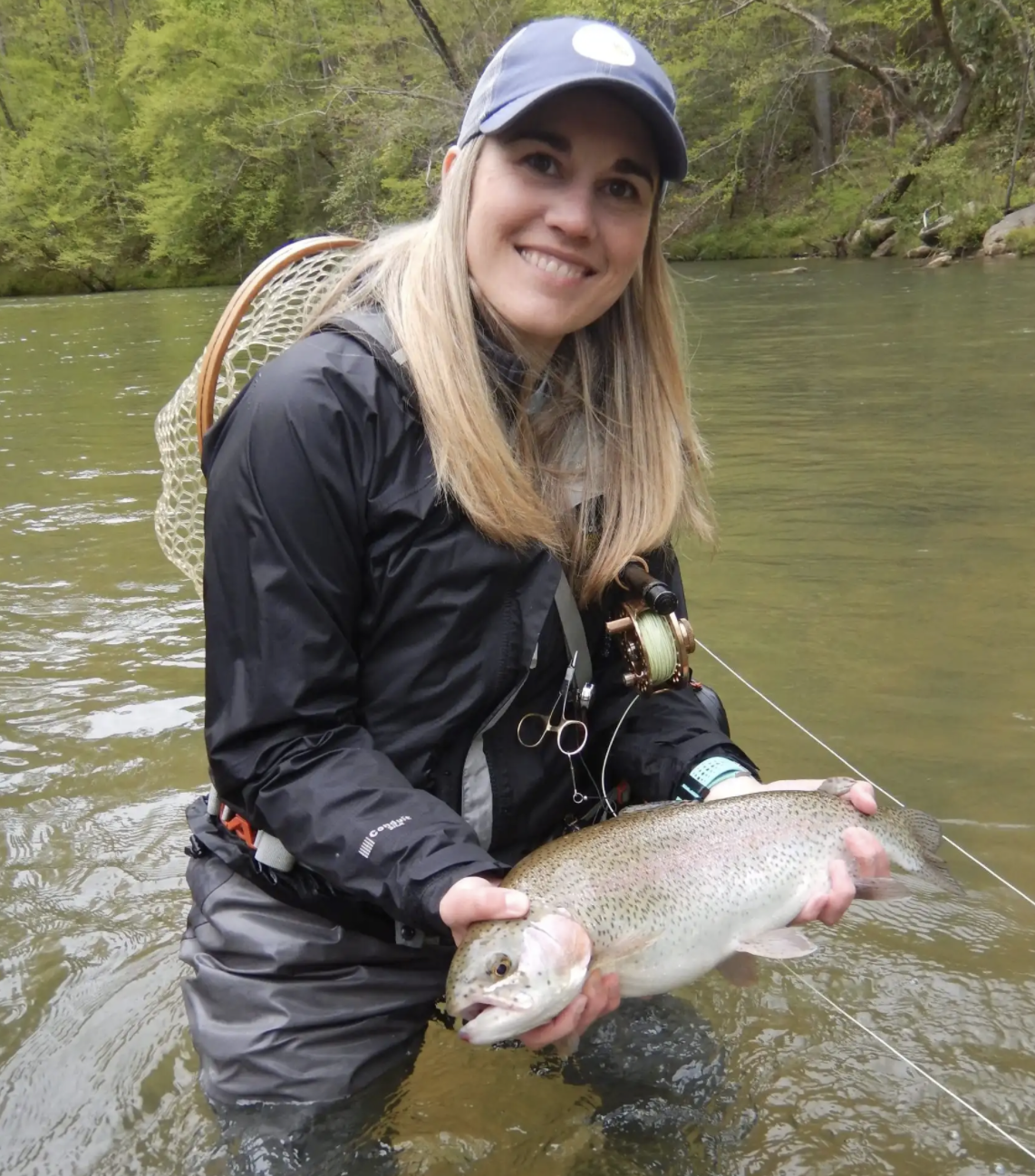
We love our furry, four-legged friends. They keep us company and are fun to hang out with but sometimes, they get into trouble. It’s in these moments that a basic knowledge of canine first aid can save their lives.

Last spring, our family and two hunting dogs were hiking around a friend’s rural property. When we put the golden retriever back in his kennel for the ride home, we noticed he had a scratch mark on his left cheek. Over the next 24 hours, his wound was swollen and he couldn’t see out of that eye. Luckily, our vet could see him right away and determined he had a snake bite. One wound drain, a cone to prevent licking, a course of antibiotics later and our golden was back to his previous mischief. This snake encounter made me realize that we needed to be prepared for a canine emergency, so I started to do some research on first aid.

We like to hike with our dogs in the spring and summer when the weather warms up. During warm and hot weather, it’s important for dogs to drink water to prevent dehydration. According to the American Kennel Club, dehydration in dogs occurs “when the body loses more fluid than it is taking in.” Symptoms of dehydration can include, loss of skin elasticity, loss of appetite, vomiting, lethargy or dry, sticky gums. To test your dog’s skin elasticity, grab between the dog’s shoulder blades, lift the skin, then quickly let go. If the dog is properly hydrated, the skin should spring back into place quickly. The AKC recommends performing this test when you know your dog is properly hydrated to learn what normal looks like in your pet. The treatment for dehydration is to get the canine water as soon as possible. If the dehydration is severe enough, your dog may need to have electrolytes replaced at the veterinary clinic.
Another common ailment in dogs is choking. If your dog is coughing for a prolonged period, pawing at his/her mouth or head, or appears frantic, he/she may be choking. The Animal Emergency Clinic recommends taking action immediately by checking to see if there is anything lodged in the dog’s mouth or throat. If you can see the object causing the choking, try to remove it. If unable to reach the object the dog is choking on, proceed to the emergency vet clinic immediately or perform the Heimlich maneuver. For this procedure, the Animal Emergency Clinic recommends, “if your dog is standing, put your arms around them so your hands join at the abdomen. Then make a fist with your hands and firmly and swiftly push up and forward five times in a thrusting motion.” This is similar to the Heimlich maneuver in humans. After the dog stops choking, they still need to be seen by the vet to ensure there is no damage to the throat or mouth.

Lacerations, or cuts that break through a dog’s skin, are also common. Many times, even though the cut isn’t deep, infection can occur. PetMD recommends taking the dog to the vet if the cut has broken the skin, occurs over a large part of the dog’s body, if there is pus in the cut or if the skin around the cut is red and swollen.
Since a wide range of injuries can occur at any time, it’s important to have basic medical supplies on hand to treat a dog’s minor ailments. The American Kennel Club recommends keeping gauze, nonstick bandages, adhesive tape, hydrogen peroxide, antibiotic spray, a thermometer, scissors and tweezers in stock at home.
Even though dogs are a part of our family, we can’t keep them from being dogs and getting into mischief. Sometimes, this mischief can lead to injuries. If the injury or ailment is severe, take your dog to the veterinarian immediately to assess the situation. Look into having basic supplies on hand to treat a dog’s minor injuries. It’s important to be a responsible dog owner and keep our canine family members safe.






